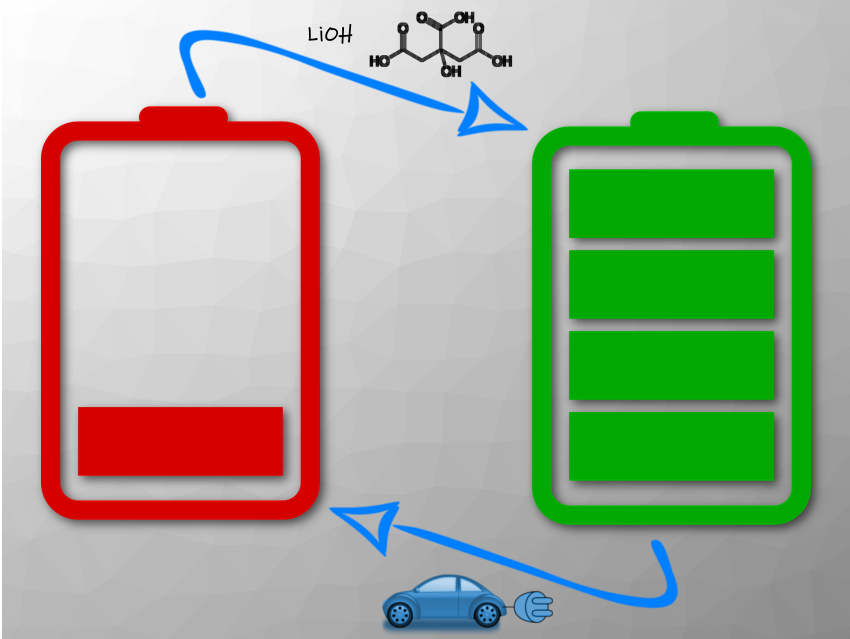Lithium-ion batteries (LIBs) with cathodes made of LiFePO4 (LFP) are among the most important materials for electric vehicles (EVs) and grid storage applications. LFPs are less expensive than other lithium-ion batteries because they do not use expensive metals such as cobalt or nickel. They also have a longer life and are safer. However, the recycling of used LIBs is expensive and environmentally unfriendly.
Zheng Chen, University of California, San Diego, La Jolla, CA, USA, and colleagues have developed an efficient and environmentally friendly LIB regeneration method based on defect targeted healing. In particular, the combination of relithiation in aqueous solution at low temperature (60–80 °C) and post-annealing allows direct regeneration of spent LFP cathodes. The process uses more environmentally friendly ingredients, consumes 80 to 90 % less energy, and emits about 75 % fewer greenhouse gases.
The researchers took apart commercial LIBs that had lost half of their energy storage capacity, collected the cathode powders, and immersed them in a solution containing lithium salt and citric acid. Then they washed the solution with water. From the dried powder, the scientists produced new cathodes. Tests in coin and bag cells revealed that the electrochemical performance, chemical makeup, and structure of the LFPs were completely restored to their original state.
Two structural changes are essentially responsible for the drop in performance of a battery: the loss of lithium ions, which creates vacancies in the cathode structure, and the switch of iron and lithium ions in the crystal structure. The latter leads to lithium ions being trapped and no longer being able to circulate through the battery. In the new process, citric acid acts as a reducing agent and transfers electrons to the iron ions. This minimizes the electronic repulsion forces. As a result, the iron ions can return to their original spots in the crystal structure, and the lithium ions can return to circulation.
- Efficient Direct Recycling of Lithium-Ion Battery Cathodes by Targeted Healing,
Panpan Xu, Qiang Dai, Hongpeng Gao, Linda Gaines, Jun Lu, Zheng Chen,
Joule 2020.
https://doi.org/10.1016/j.joule.2020.10.008




